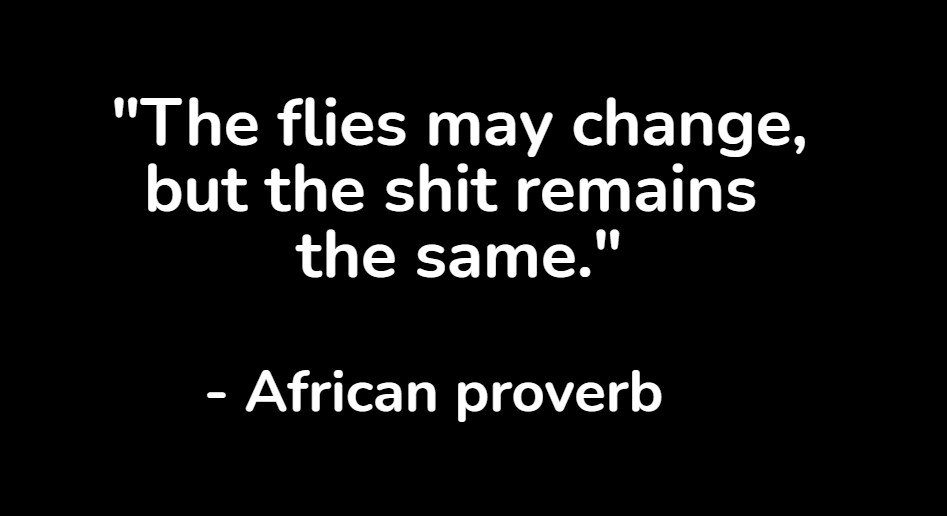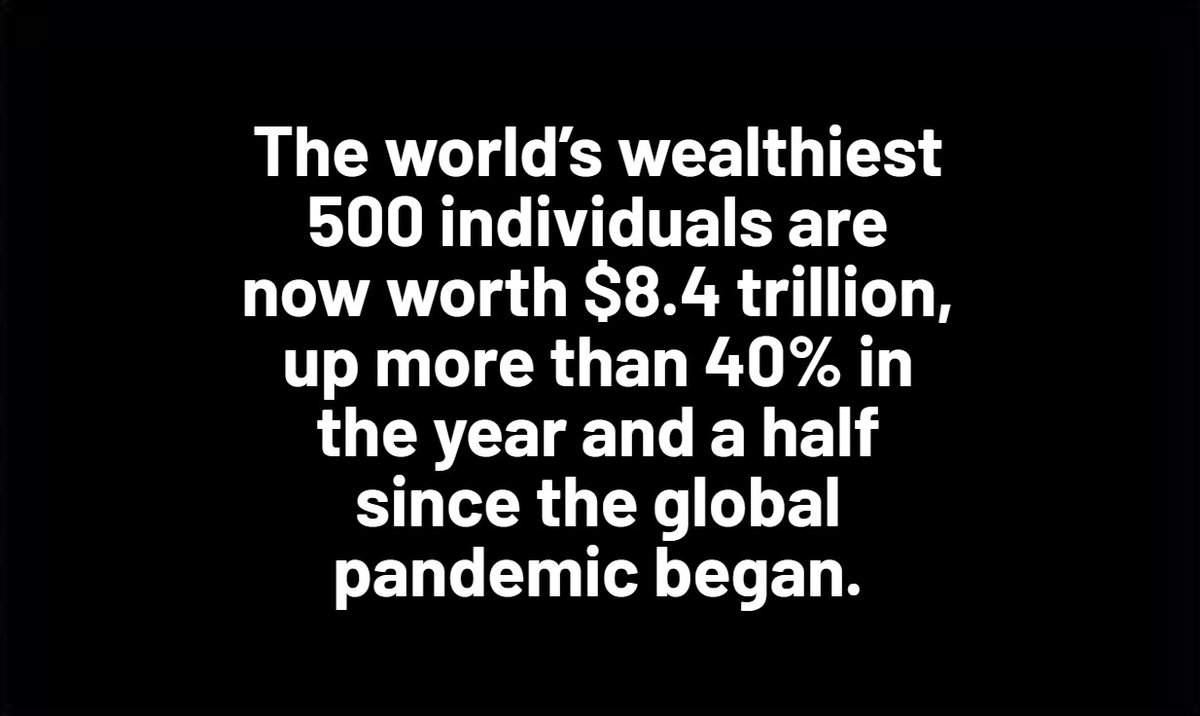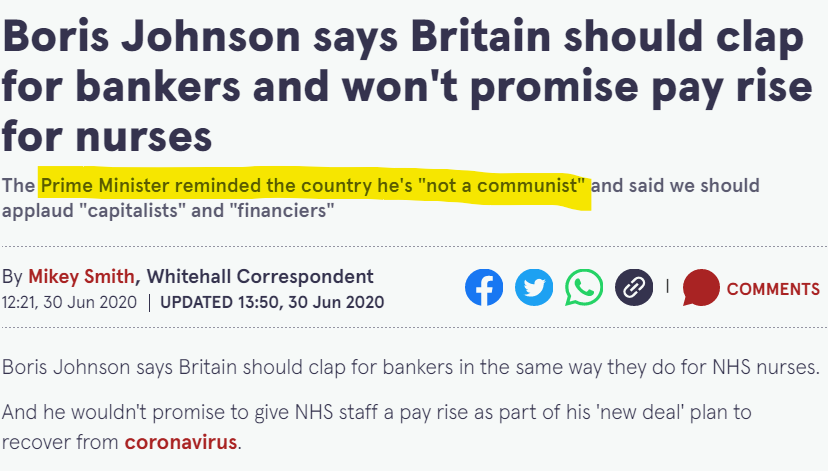
#THREAD
The Holocaust, also known as the Shoah, was the genocide of European Jews during WWII.
Between 1941 & 1945, Nazi Germany & its collaborators systematically murdered some six million Jews across German-occupied Europe around two-thirds of Europe's Jewish population.
The Holocaust, also known as the Shoah, was the genocide of European Jews during WWII.
Between 1941 & 1945, Nazi Germany & its collaborators systematically murdered some six million Jews across German-occupied Europe around two-thirds of Europe's Jewish population.
European Jews were targeted as part of a larger event between 1933 & 1945, in which Germany & its collaborators persecuted & murdered millions of others, including ethnic Poles, Soviet civilians & POW, Roma, disabled people, political & religious dissidents, & gay men.
Some organisations uses the term ‘the Holocaust’ to refer specifically to the genocide of 6 million European Jews.
Most people now know that the Nazis & their collaborators also committed mass violence against many other groups.
Most people now know that the Nazis & their collaborators also committed mass violence against many other groups.
Research in 2016, into young British people's knowledge of the Holocaust, suggested greater differentiation of Nazi victim groups is needed, not to create a hierarchy of suffering, but to genuinely understand why & how individual people came to be persecuted & killed.
The research, undertaken by The UCL Centre for Holocaust Education, showed serious gaps exist in students’ knowledge of the experiences of non-Jewish victims of the Nazis, & these gaps have significant implications for their understanding of this important history as a whole.
The UCL Centre for Holocaust Education states that each victim, whether Jew, Roma, gay, disabled, Communist, trade-unionist, Pole or Soviet prisoner of war, is entitled to the uniqueness of their own suffering and death.
holocausteducation.org.uk/wp-content/upl…
holocausteducation.org.uk/wp-content/upl…
Many young people seem to collapse a variety of different crimes & their victims into an all-encompassing ‘Holocaust’ in which Hitler & the Nazis simply targeted & murdered anyone perceived as ‘different’.
The researchers claim the problem is that generalisations like these may well support the condemnation of intolerance, but they do little to acknowledge or value diversity, & nor do they enable students to develop accurate historical understandings of this terrible period.
With this in mind, the researchers produced a document which provided a short overview of the typical experiences of the victim groups mentioned by students most often, including gay men, disabled people, Roma & Sinti, as well as some of the seldom mentioned ‘forgotten’ victims.
Gay men.
While homophobia & legal discrimination of
homosexuals was the norm throughout interwar Europe, persecution became particularly extreme in Nazi Germany. In 1936 the Office for the Combating of Homosexuality & Abortion linked what were seen as population ‘problems’.
While homophobia & legal discrimination of
homosexuals was the norm throughout interwar Europe, persecution became particularly extreme in Nazi Germany. In 1936 the Office for the Combating of Homosexuality & Abortion linked what were seen as population ‘problems’.
Gay men were seen by the Nazis to be undermining Nazi attempts to increase the so-called ‘Aryan’ race. Homosexuality was regarded as a threat to the moral & spiritual wellbeing of the nation & throughout the 1930s, gay men were harassed by the police, imprisoned, & incarcerated.
In concentration camps, their treatment was particularly severe & mortality rates were exceptionally high.
The precise number of homosexuals who died at the hands of the Nazis is unclear but estimates put the number at 10,000 - 15,000.
The precise number of homosexuals who died at the hands of the Nazis is unclear but estimates put the number at 10,000 - 15,000.
Persecution of gay men was thus brutal and violent but the regime did not adopt a coherent, organised policy of murdering gay men.
Instead, deterrence and violent ‘re-education’ tended to be pursued and the policies did not extend beyond the borders of the Reich.
Instead, deterrence and violent ‘re-education’ tended to be pursued and the policies did not extend beyond the borders of the Reich.
Nazi persecution of disabled people began in the first months of the regime.
Believing that people with hereditary conditions would weaken the so-called ‘Aryan race’, and that the birth of more children with disabilities would be a financial and social burden.
Believing that people with hereditary conditions would weaken the so-called ‘Aryan race’, and that the birth of more children with disabilities would be a financial and social burden.
The German government passed a law in the summer of 1933 allowing for the compulsory sterilisation of people deemed to have mental or physical disabilities. By the start of the Second World War more than 300,000 people had been forcibly sterilised.
During the war, the children’s ‘euthanasia’ programme, assisted by effective bureaucracy, secretly murdered around 5,000 disabled children, mostly through lethal injection or starvation. Its adult equivalent, code-named T4 after its administration address, began killing in 1939.
The existing bureaucratic structure was expanded to deal with the much larger number of adults. A transportation company was established, asylums were identified for the installation of gassing apparatus, and a cadre of administrative and medical staff were recruited.
As word of the killing got out, public protests grew & Hitler officially halted the programme in August 1941 but the target number of some 70,000 disabled adults had already been murdered. Even then, the ‘euthanasia’ centres continued to be used.
Concentration camp inmates deemed too sick to work were murdered, claiming a further 170,000 lives by the end of the war. T4 personnel were redeployed to construct & operate death camps built for the genocide of Jews, first from Poland & then from across German-occupied Europe.
Roma & Sinti.
The course of development of Roma & Sinti persecution reveals a lot about the Nazis. While initially there was no formal policy towards the Roma, ‘anti-Gypsy' initiatives emerged from many agencies, above all the police & the SS but also the academic community’.
The course of development of Roma & Sinti persecution reveals a lot about the Nazis. While initially there was no formal policy towards the Roma, ‘anti-Gypsy' initiatives emerged from many agencies, above all the police & the SS but also the academic community’.
‘Gypsies’ were not specified in the racial legislation of 1933-34 but the authorities nevertheless applied the laws in such a way that Roma & Sinti were sterilised without any legal basis. Central government made interventions that radicalised the persecution of the Roma & Sinti.
In 1935 a decision was taken to expand the Law for the Protection of German Blood & Honour, which criminalised sexual relations between Germans & Jews, to include the Roma & Sinti, a decision illustrating the domestic concern that caused 'Gypsy' persecution: miscegenation.
The move to deport ‘Gypsies’ eastwards en masse in 1942 did not prevent thousands dying either in gas chambers, or in overcrowded ghettos, & nor did it stop many more being killed by Nazis & their collaborators throughout Eastern Europe.
How many were killed remains a subject of debate: while ‘most estimates put the figure in the 190,000-250,000 range, there is a possibility that it could be as high as half a million.
Forgotten victims.
While Jews, Roma & Sinti, gay men & disabled people were all mentioned by large numbers of young people as victims of the Nazis, some other groups were rarely mentioned.
We can only speculate on why these groups appear to have all but ‘disappeared from view’.
While Jews, Roma & Sinti, gay men & disabled people were all mentioned by large numbers of young people as victims of the Nazis, some other groups were rarely mentioned.
We can only speculate on why these groups appear to have all but ‘disappeared from view’.
However, the researchers speculate that it seems likely that some groups may be considered somehow less ‘relevant’ to contemporary social issues. Many schools are rightly concerned with eg homophobia & attitudes towards disabled people, but other groups may have less 'purchase'.
Whatever the reason, the outcome is that the murder of up to 15,000 gay men appears to receive a lot of attention in schools, whereas the murder of 3.3 million Soviet POWs doesn't, & nor does the Nazi genocide of Poles, in which at least 1.8million non-Jewish Poles were murdered.
The persecution of political opponents also appears largely overlooked, even though the first concentration camps targeted these victims, and an understanding of this initial period of terror is important in understanding the later development of Nazi violence and genocide.
The researchers speculate that it may be that an over-emphasis on the ‘lessons of the Holocaust’, leads to a particular focus on groups that feel ‘relevant’ today, but that this leads – unwittingly – to both a distortion of the past, & the forgetting of millions of victims.
The research concluded that teachers should:
- Explain the particular experiences of different groups of victims to enable students to consider how each of these crimes was significant in itself.
- Examine policies that underlined the persecution of
different victims.
- Explain the particular experiences of different groups of victims to enable students to consider how each of these crimes was significant in itself.
- Examine policies that underlined the persecution of
different victims.
- Discuss the 'progressive' nature of some of these policies & its relationship with Nazi ideology & the events of WWII.
- Consider why specific groups were targeted.
- Understand the main differences between the persecution of Jews & the persecution of other victim groups.
- Consider why specific groups were targeted.
- Understand the main differences between the persecution of Jews & the persecution of other victim groups.
The UCL Centre for Holocaust Education - @UCL_Holocaust - is a world leader for research-informed teacher & student education. Their programmes & resources deepen knowledge & understanding of the genocide & powerfully explore its contemporary significance.
holocausteducation.org.uk
holocausteducation.org.uk
Another great resource for finding out about the #Holocaust & the Nazi regime is the the United States Holocaust Memorial Museum @HolocaustMuseum - the United States' official memorial to the Holocaust, based in Washington, DC.
#NeverForget #NeverAgain
ushmm.org
#NeverForget #NeverAgain
ushmm.org
The US Holocaust Memorial Museum provides for the documentation, study, & interpretation of Holocaust history.
It is dedicated to helping leaders and citizens of the world confront hatred, prevent genocide, promote human dignity, & strengthen democracy.
#NeverAgain
It is dedicated to helping leaders and citizens of the world confront hatred, prevent genocide, promote human dignity, & strengthen democracy.
#NeverAgain
The #Holocaust is the best documented case of genocide, but despite this, calculating the exact numbers of individuals who were killed as the result of Nazi policies is an impossible task.
There is no single wartime document that spells out how many people were killed.
There is no single wartime document that spells out how many people were killed.
What follow are the current best estimates of civilians & captured soldiers killed by the Nazi regime & its collaborators, calculated from wartime reports generated by those who implemented Nazi population policy, & postwar demographic studies on population loss during WWII.
Jews - 6 million
Soviet civilians - around 7 million (including 1.3 Soviet Jewish civilians, who are included in the 6 million figure for Jews)
Soviet prisoners of war - around 3 million (including about 50,000 Jewish soldiers)
Soviet civilians - around 7 million (including 1.3 Soviet Jewish civilians, who are included in the 6 million figure for Jews)
Soviet prisoners of war - around 3 million (including about 50,000 Jewish soldiers)
Non-Jewish Polish civilians- around 1.8 million (including between 50,000 and 100,000 members of the Polish elites)
Serb civilians (on the territory of Croatia, Bosnia & Herzegovina)- 312,000
People with disabilities living in institutions - up to 250,000
Serb civilians (on the territory of Croatia, Bosnia & Herzegovina)- 312,000
People with disabilities living in institutions - up to 250,000
Roma (Gypsies) - between 250,000 and 500,000
Jehovah's Witnesses - around 1,900
Repeat criminal offenders and so-called asocials- at least 70,000
German political opponents & resistance activists in Axis-occupied territory - undetermined (see link).
encyclopedia.ushmm.org/content/en/art…
Jehovah's Witnesses - around 1,900
Repeat criminal offenders and so-called asocials- at least 70,000
German political opponents & resistance activists in Axis-occupied territory - undetermined (see link).
encyclopedia.ushmm.org/content/en/art…
Homosexuals - 10-15,000 (possibly also counted in part under the repeat criminal offenders & so-called asocials noted above).
The #Holocaust didn't start with mass killings - these followed sustained, misleading & divisive populist nationalist rhetoric.
#NeverForget #NeverAgain
The #Holocaust didn't start with mass killings - these followed sustained, misleading & divisive populist nationalist rhetoric.
#NeverForget #NeverAgain

• • •
Missing some Tweet in this thread? You can try to
force a refresh


















